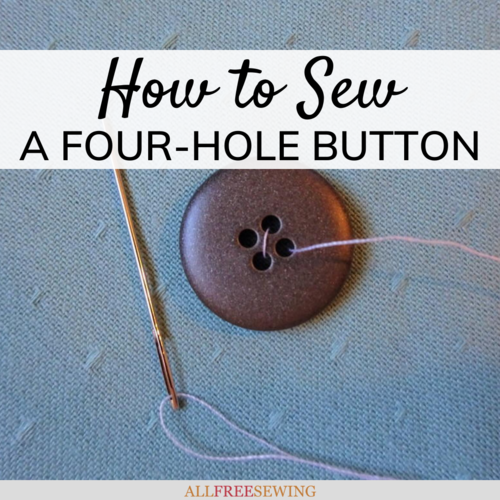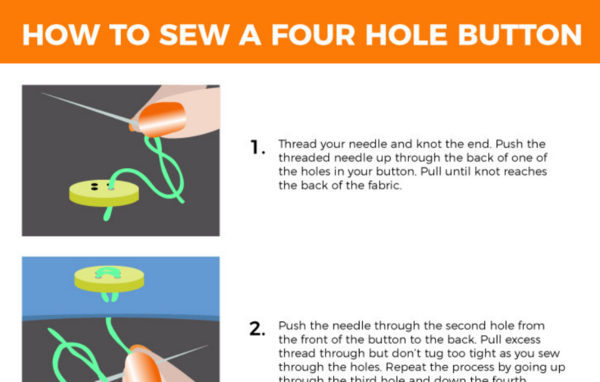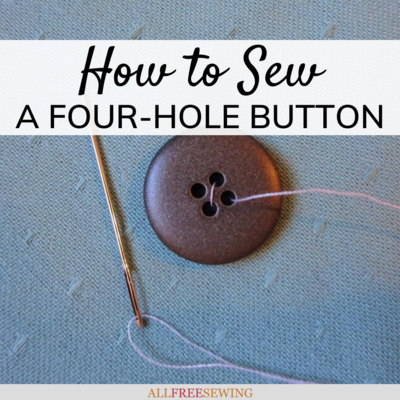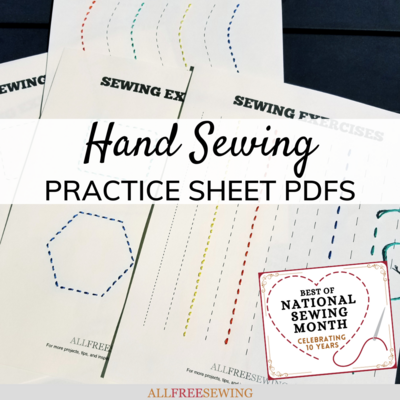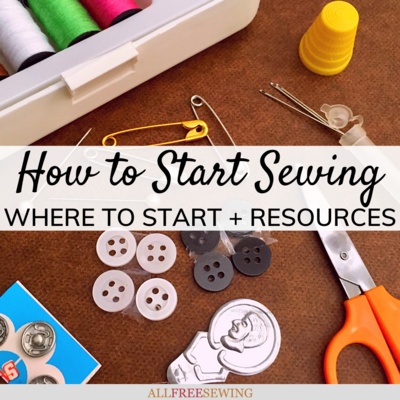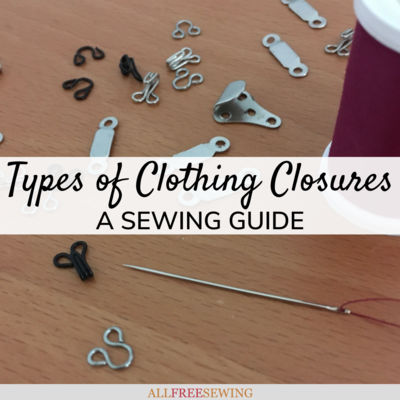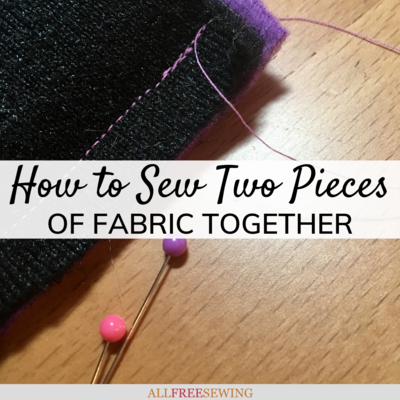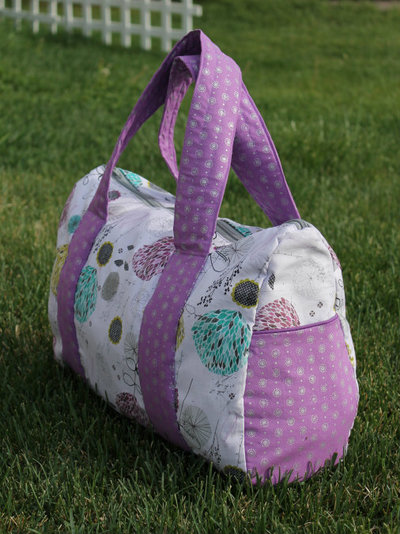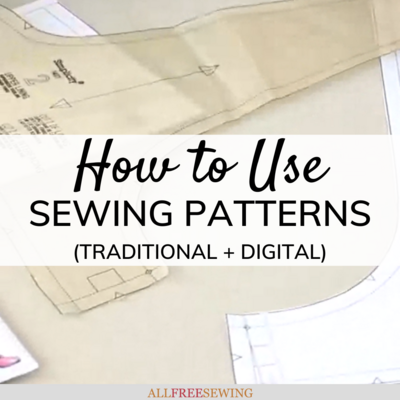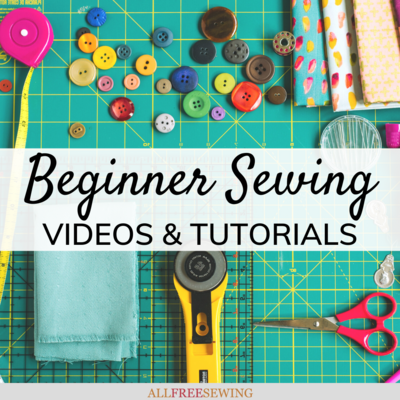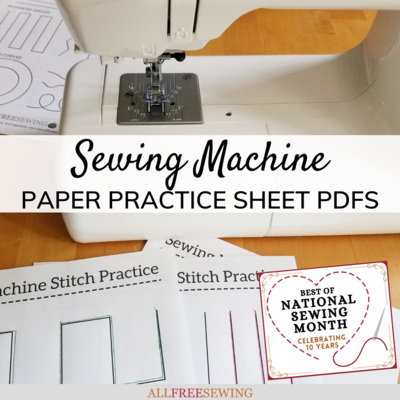How to Sew a 4-Hole Button
Learn how to sew four-hole buttons with this simple sewing tutorial.
When it comes to the basics of sewing, learning how to sew buttons is at the top of the list. Whether someone sews or not, in life, knowing how to sew a button is essential.
In this tutorial, we're going to show you specifically How to Sew a 4-Hole Button. We even have a handy button sewing infographic with the steps to download.
Four-hole buttons can range in size but will always have four holes in the center. Sometimes these holes are equidistant, other times, there are two sets of two parallel holes.
But, either way, the process is the same. When you sew buttons with 4 holes, it's a few more steps than the buttons with fewer holes but still takes very little time to complete.
If you want to learn how to sew a button with one hole, check out our How to Sew a One Hole Button tutorial. For 2-hole buttons, our How to Sew a Two-Hole Button tutorial will show you the process. With all three how-to pages, you will be a master of sewing buttons.
Sign Up For More Free Patterns >>>
Materials Needed:
- 4-hole button
- Thread
- Needle
- Scissors
- Ruler (optional)
- Pin (optional)
Project Type: Learn a Technique
Time to Complete: Under an hour
Sewn by: Hand
Skill Level: Beginner
WATCH! Four-Hole Button Video Tutorial:
Click the play button on the video and watch our quick how-to on sewing 4-hole buttons. This quick walk-through will show you the movements. It's always easier to visualize when you can see it in action.
How to Sew a 4-Hole Button:
Sewing buttons can be done using a machine but this tutorial focuses on hand sewing. Watch our video tutorial for sewing a four-hole button above this written tutorial to get some ideas and the movements down.
Both the written and video versions will provide tips and tricks to help keep your button secure.
- Gather your materials.
Thread your needle and tie a knot at the end. The length of your thread will vary on the size of your button but about 15-20 inches should be enough.
Notes:
Use strong thread or double the string so that it is stronger. You will want this button to hold! Always use a color that matches your fabric or a color that you want to be obvious as it will be visible.
Including a tail after the knot will allow you to tie the thread once you finished, which helps create a more secure hold.
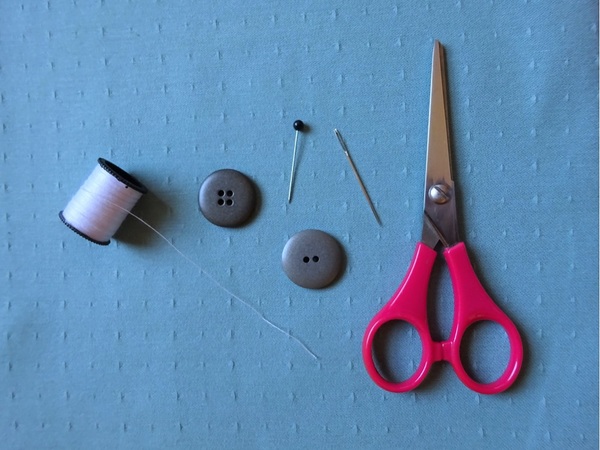
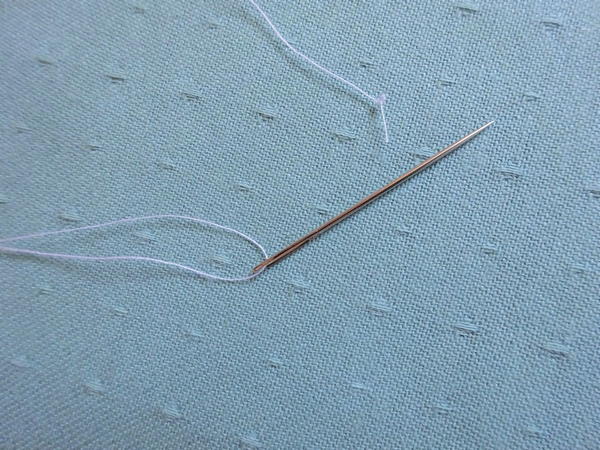
- Hold the button down where you want on the fabric. Use a ruler if needed to measure where the buttonhole on the corresponding side is or will be.
- While holding the button in place, push the threaded needle up through the fabric and back of one of the holes in your button. Pull lightly until your knot/excess thread reaches the back of the fabric.
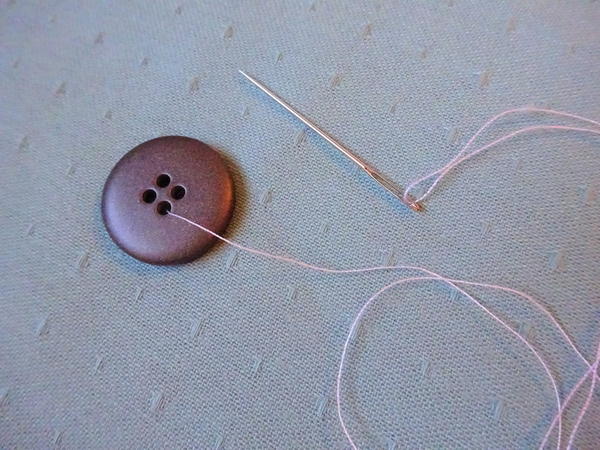
- Push the needle through the second hole from the front of the button through to the back. Pulling lightly while making sure that all of the excess thread has moved through.
Notes:
Remember, you want a little bit of extra space between the fabric and button so that it is functional.
For reference, look at one of the shirts in your closet. This is more of an issue if the button is being used with a buttonhole or clasp rather than for decoration.
A trick to assure your thread is not pulled too taut is to place a pin or needle between the holes on the front of your button while making your first stitch through. Remove the pin when you are finished stitching.
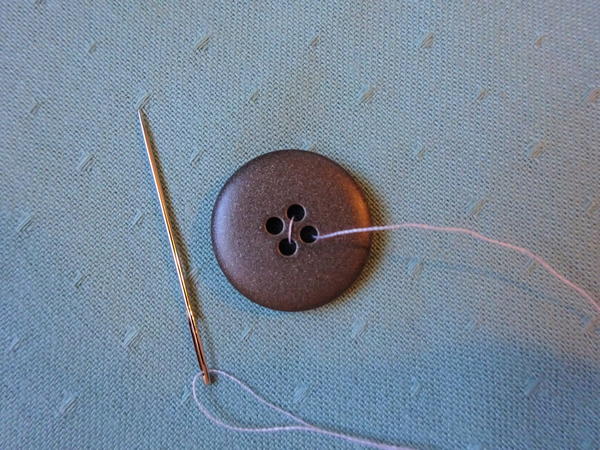
- At this point, you have passed the thread through two of the four holes in the button. You will be making an "X" with the thread across all four button holes.
Note: You don't have to create an "X" but rather create two straight lines, like "I I". Whichever you choose, stay consistent while sewing.
- Push the threaded needle up through the third button hole.
- Push the threaded needle down into the fourth hole (the last one without any thread through it) and all the way to the back.
- Repeat the process of pushing the threaded needle up through the first hole and down the second, and then up the third hole and down the fourth. Repeat at least two more times and then determine if it's strong enough to move to the final stages.
Try lightly pulling your button to determine if you have sewn enough thread through the two holes. If it seems like it is strong enough, move on to the next step.
- Optional: If you want some extra strength and space between the button and fabric, you can wrap the thread around the thread pieces that are under the button but above the fabric.
Remove the pin from the notes in Step 4 if applicable.
Push the threaded needle through the second hole on the front of the button down but not through the fabric. Your needle will be in between the button and fabric.
Wrap the thread three to five times and then push the threaded needle down the center through the fabric to the back of your piece. This is referred to as a "shank" for your button.
- To finish, instead of going up through the hole as done previously, run the threaded needle horizontally through the back set of thread stitches two to three times in different directions to tighten.
You can also pull a little of the fabric through as well as an extra measure of security.
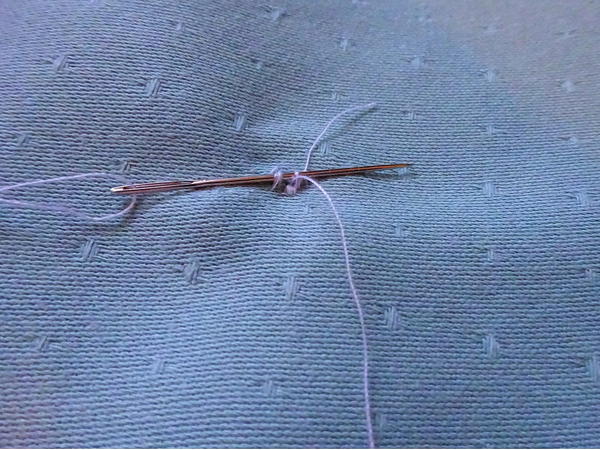
- Cut the thread with enough excess to tie and then take the two strands (or four if you doubled) and knot them together. Cut off the remaining extra thread.
Your button is sewn!
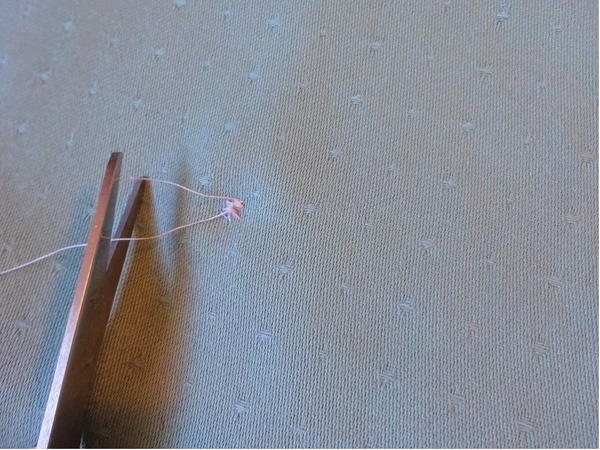
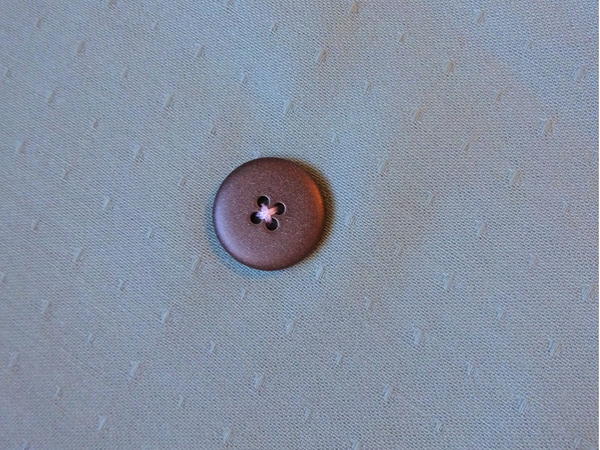
Download the Button Sewing Infographic
BONUS! How to Make a Buttonhole on a Sewing Machine
Learn how to create the perfect buttonhole with your sewing machine. This technique can intimidate even the most experienced sewists, but not with this tutorial. Our friend Angel walks you through the process with a video. Plus, we have the written instructions for non-visual learners. Click on the image or the red button below to view the video and written tutorials.

Want More?
How to Make a Buttonhole on a Sewing Machine >>
What is your favorite type of button?
Let us know in the comments!
Your Recently Viewed Projects
Report Inappropriate Comment
Are you sure you would like to report this comment? It will be flagged for our moderators to take action.
Thank you for taking the time to improve the content on our site.

